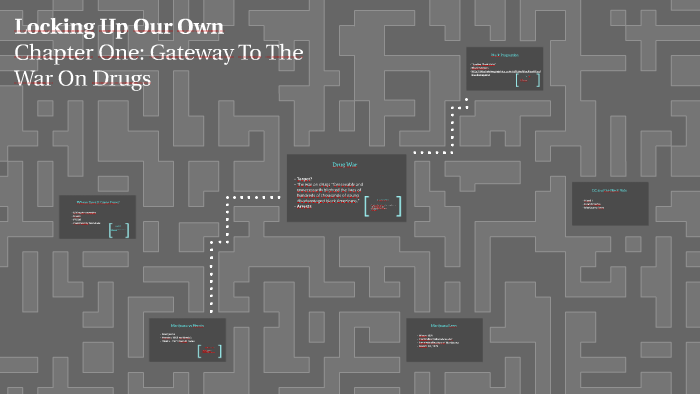
One criminologist created an apt acronym, CRAVED, to predict the stuff at highest risk: “concealable, removable, available, valuable, enjoyable, and disposable.” Shoplifters target smaller items with higher price tags, often called “hot products,” which typically are what retailers most frequently lock up. And they’re willing to accept higher theft on the lower-margin “trivial many,” he added. Stores look to protect “the vital few” products that are most profitable for them to sell, said Adrian Beck, who studies retail losses at the University of Leicester. Technologies also emerged such as closed-circuit TV cameras, electronic article surveillance and anti-theft tags. In response, an anti-shoplifting industry and corporate “loss prevention” (LP) and “asset protection” (AP) teams sprang up. The trend became part of the counterculture, as exemplified by Abbie Hoffman’s 1971 “Steal This Book.” Three years later, officials around the country said there had been an additional surge in young teenagers shoplifting. Shoplifting has been around for centuries, but it “came of age in America in 1965,” author Rachel Shteir writes in “The Steal: A Cultural History of Shoplifting.” The FBI in 1965 reported that it had jumped 93% in the prior five years and “was the nation’s fastest-growing form of larceny.” Lindsey Nicholson/Universal Images Group/Getty Images Shoppers have become all too familiar with ringing a store worker to open a locked product. While having fewer workers in the store increased profits for chains in recent decades, it has left stores in some cases without as many visible personnel to deter shoplifting, crime prevention experts say. This changed as the first self-service stores like Piggly Wiggly in the early 20th century discovered they could sell more goods and reduce their costs by spreading out merchandise on an open sales floor.

When customers visited a store, clerks would provide them with the items they wanted from behind a counter. Until the early 20th century, locking up products was the norm. Companies must walk a delicate line between protecting their inventory and creating stores that customers don’t dread visiting. But these decisions are far more nuanced and fraught for stores than you may think.

The reason why stores resort to locking up these products is simple: to prevent shoplifting. “It is a brutal experience for the merchant, too.” “It’s extremely discouraging to customers,” said Paco Underhill, the founder of behavioral research and consulting firm Envirosell. It’s also become a growing irritation for shoppers and a source of frustration for some employees who must walk around the store with keys at the ready. Locking up their shelves is a last resort for stores, but it has never been more widely practiced.


 0 kommentar(er)
0 kommentar(er)
